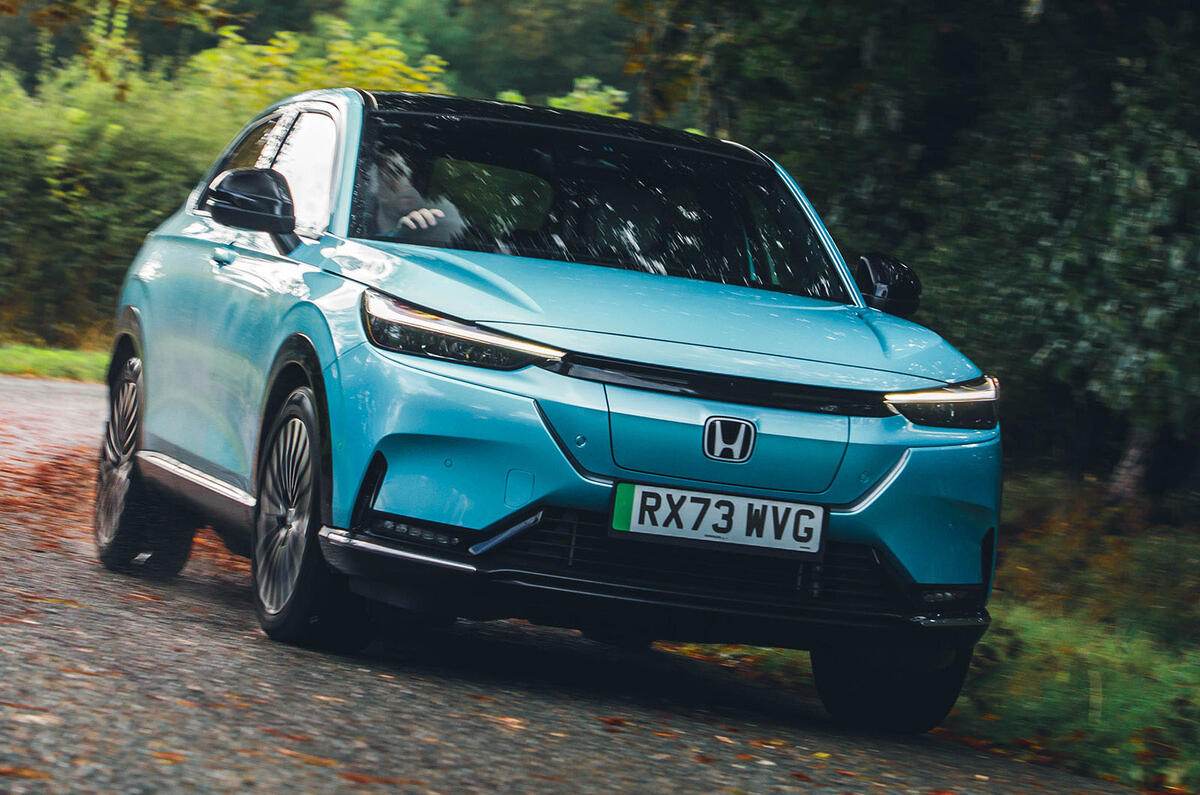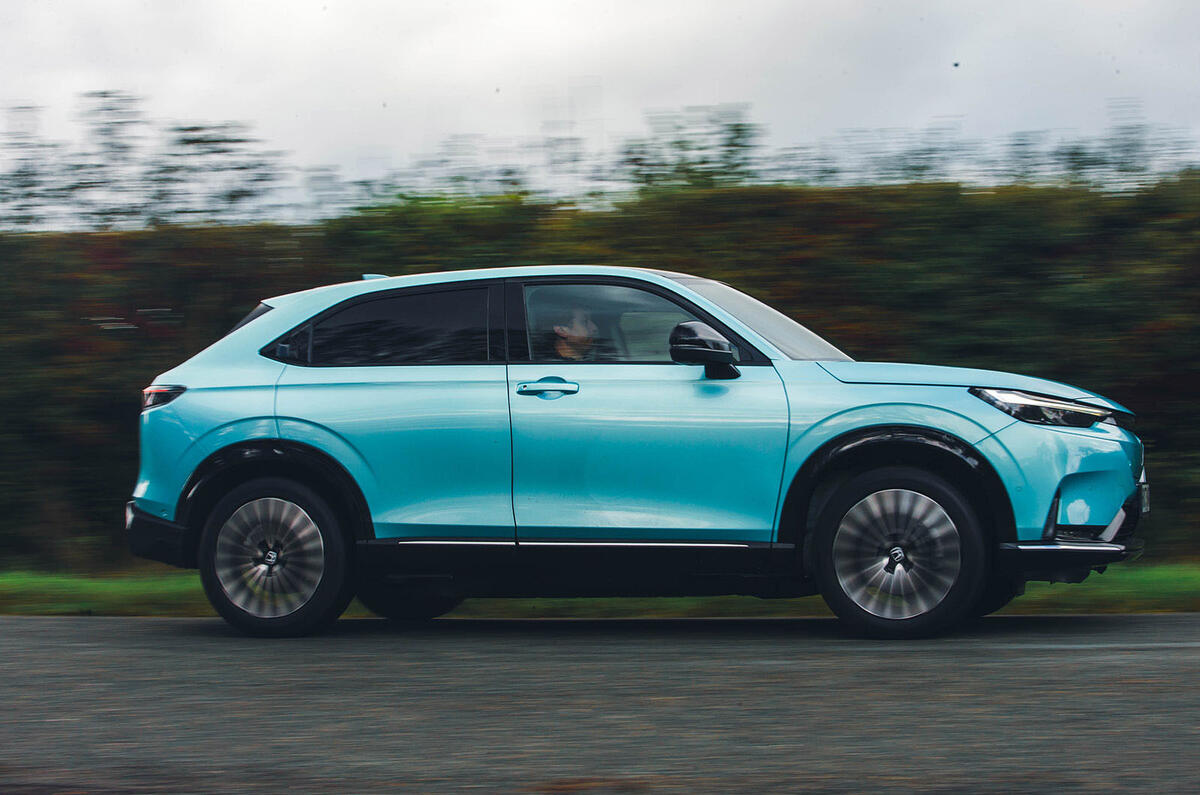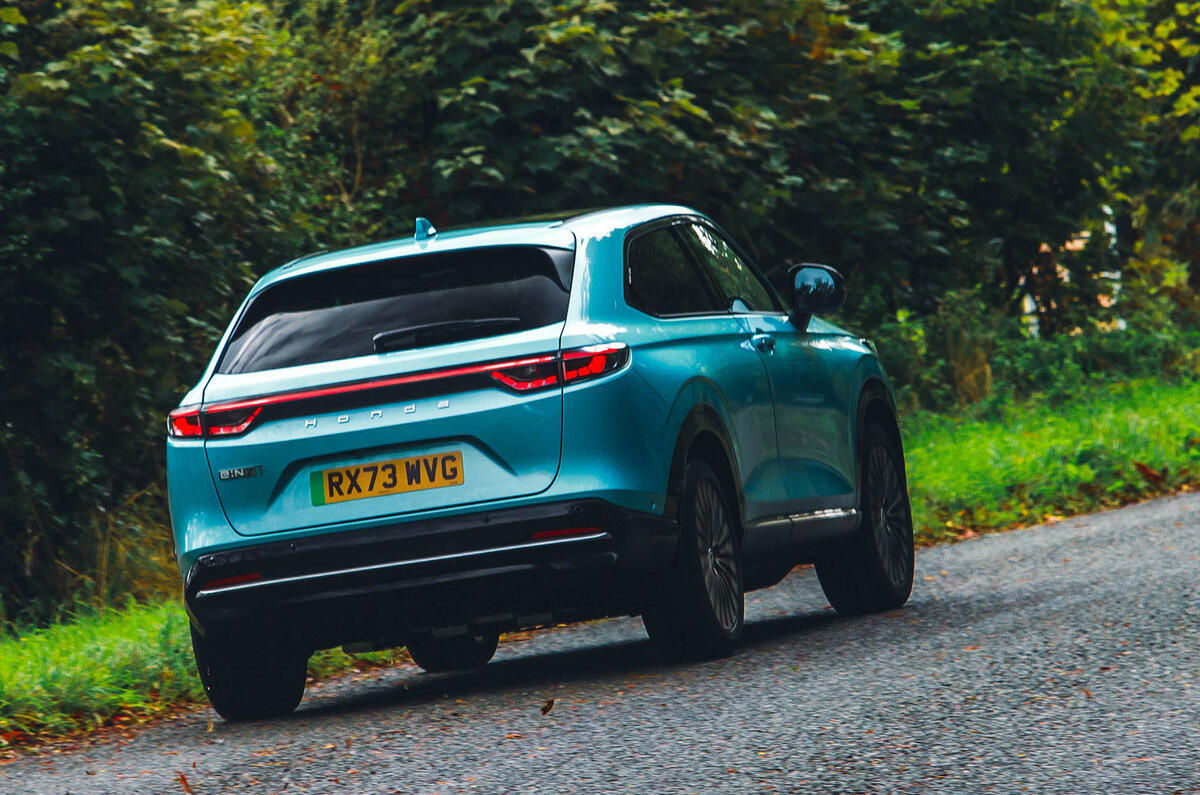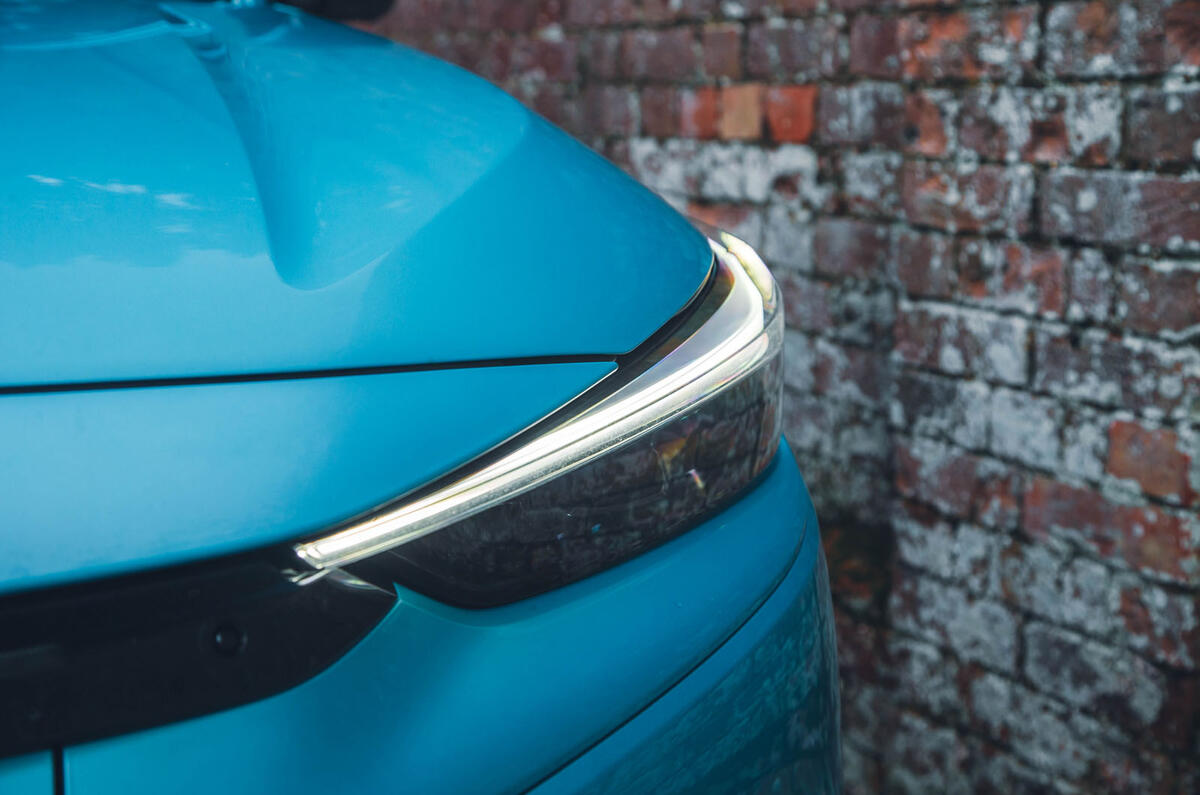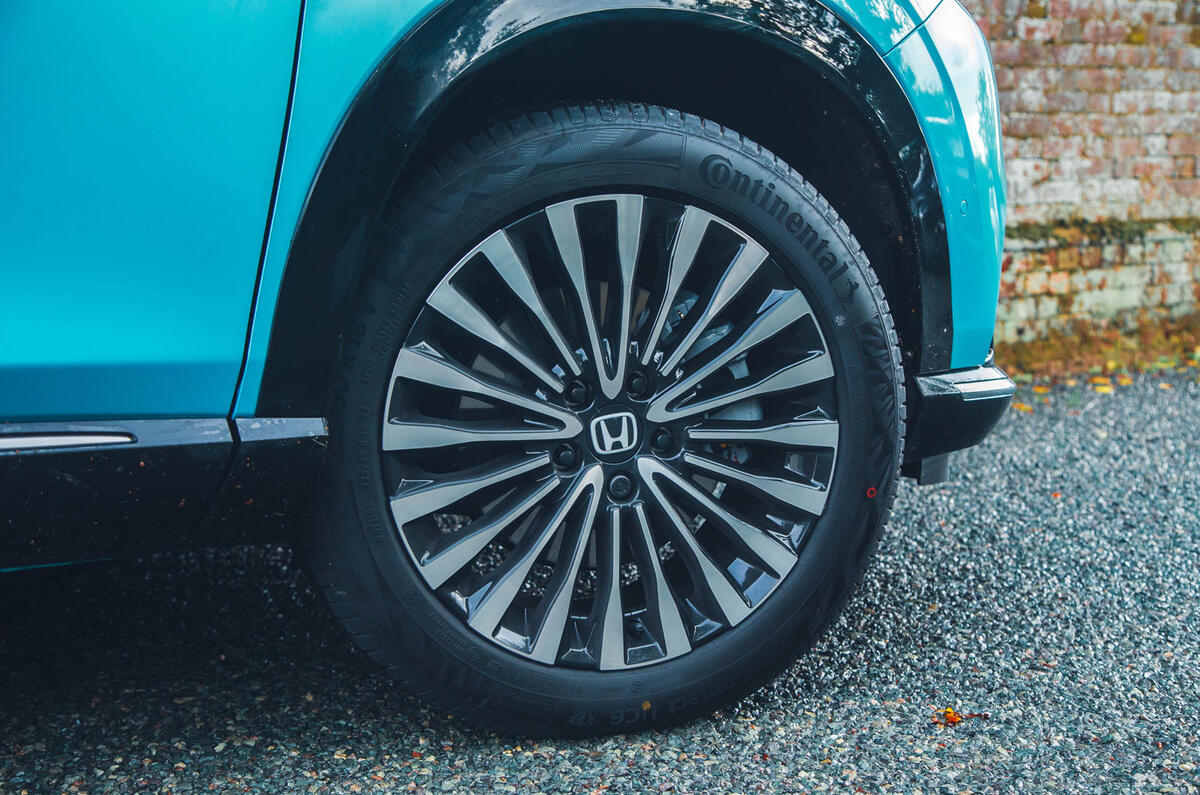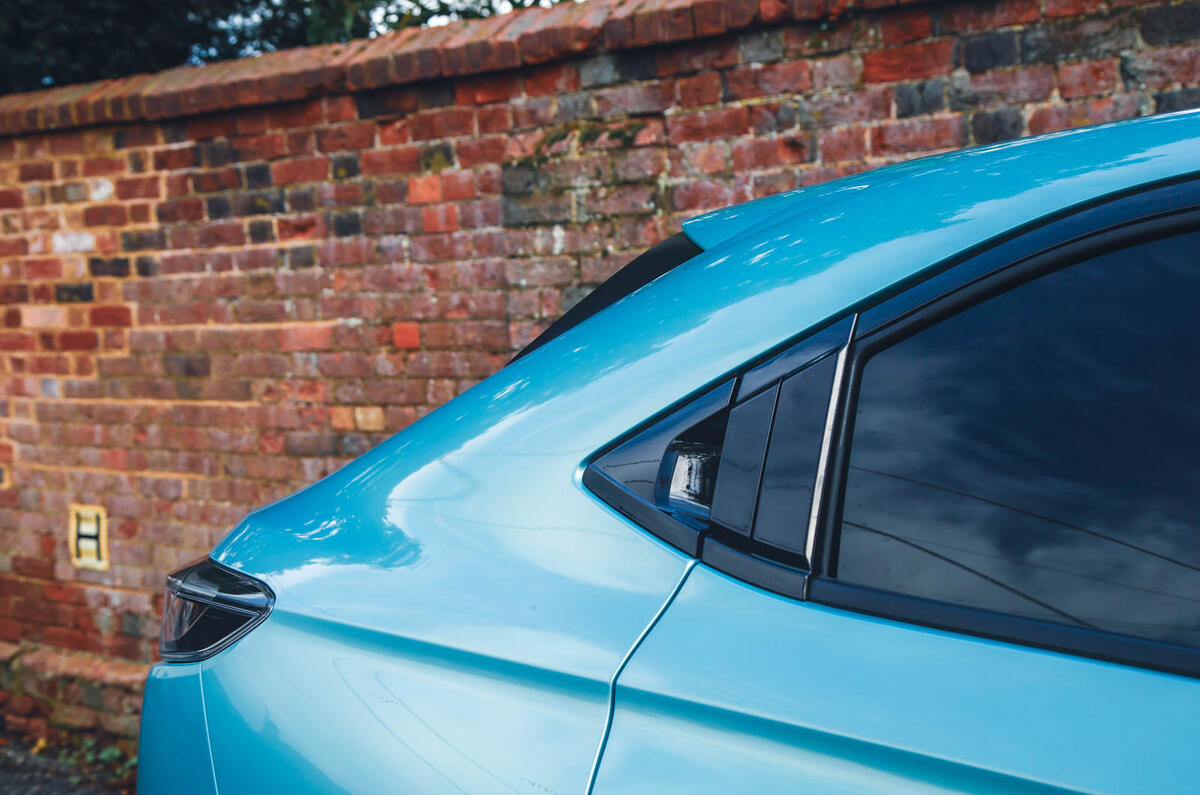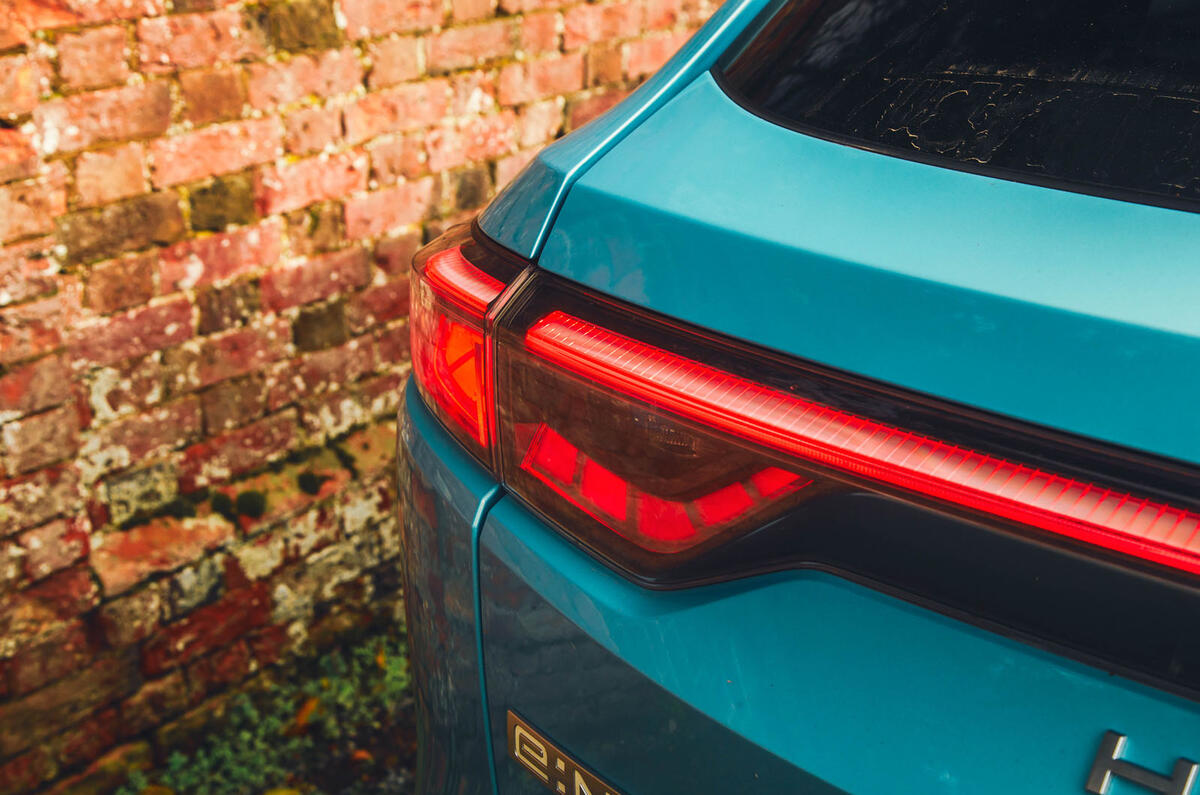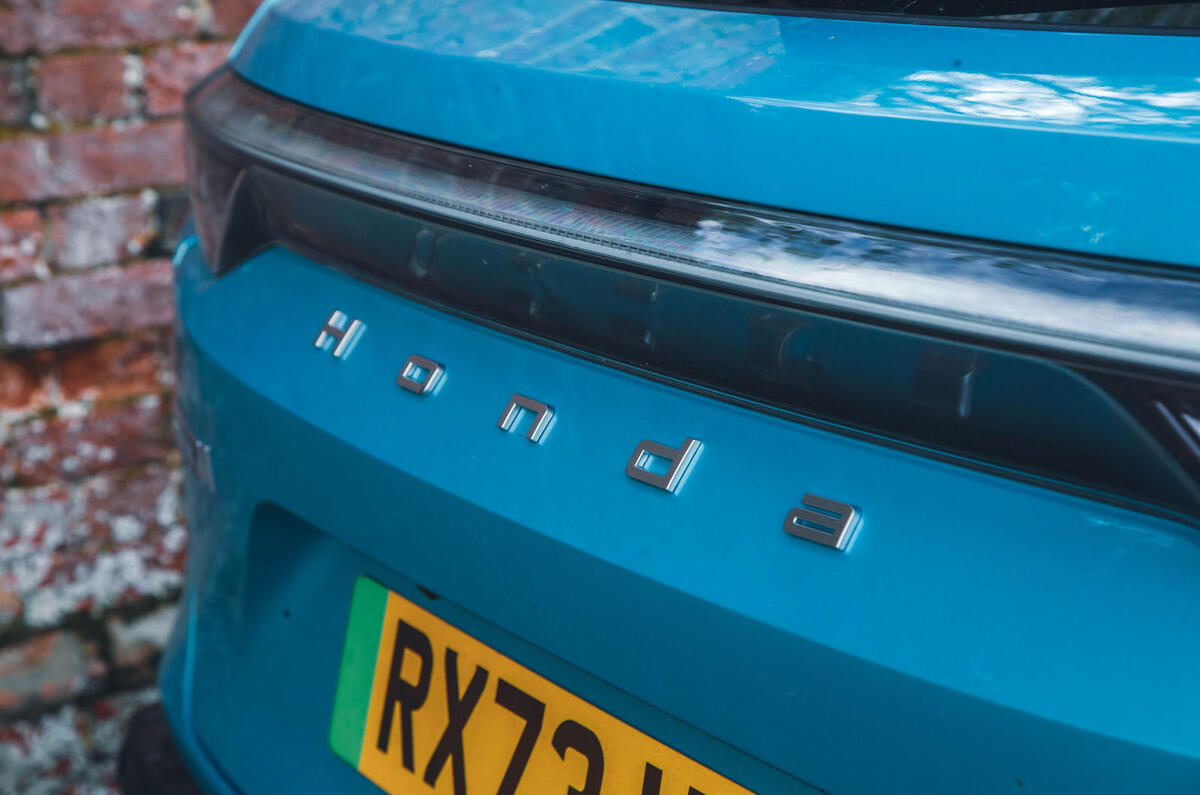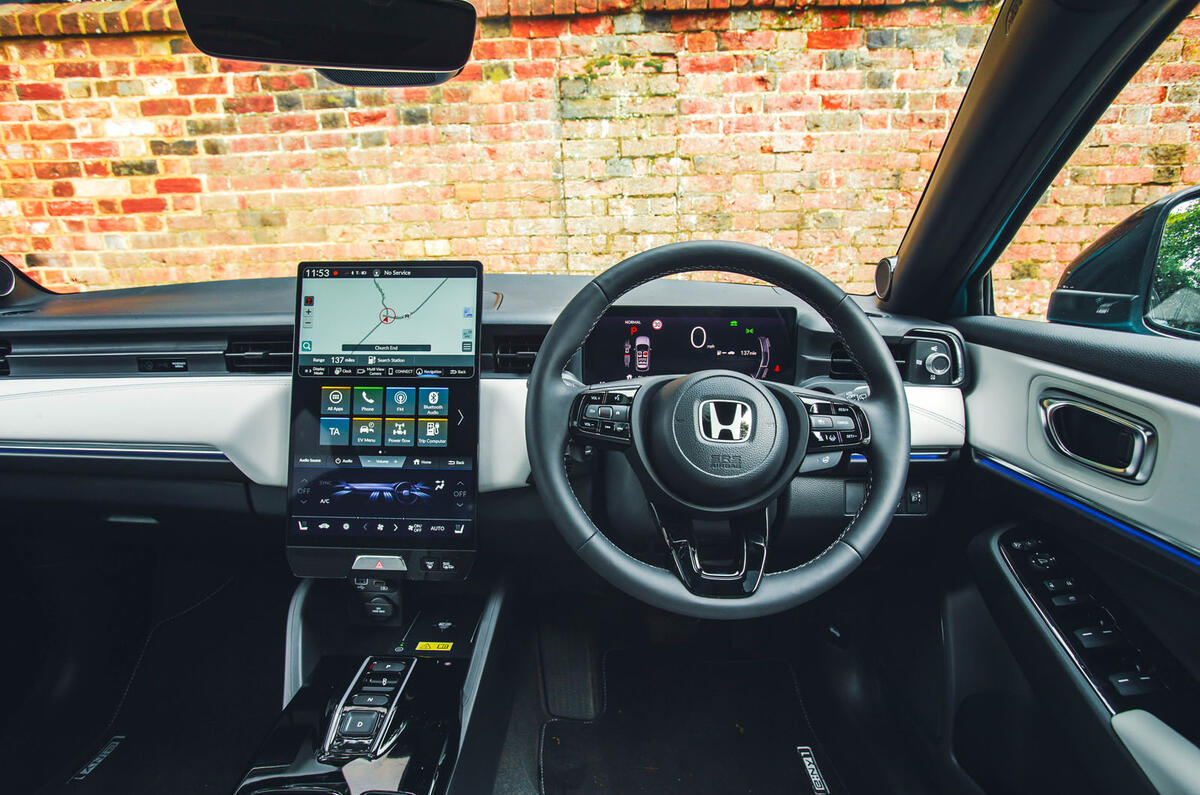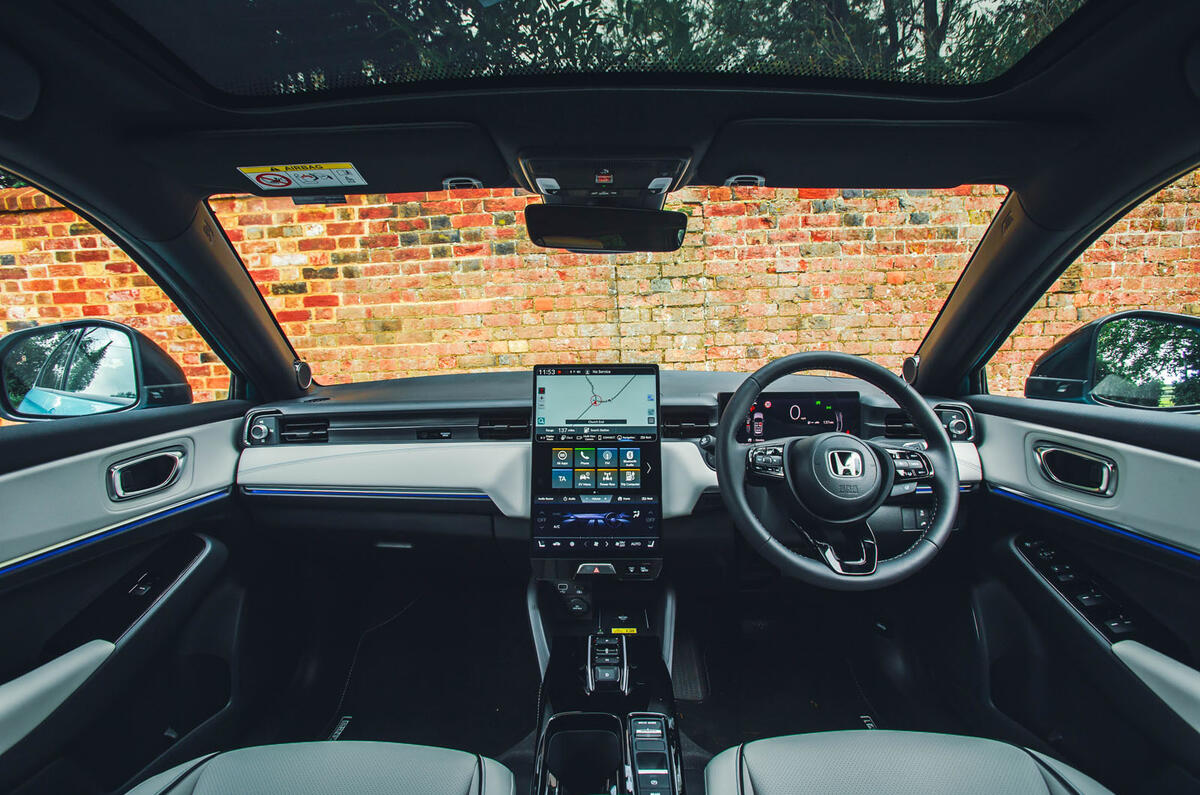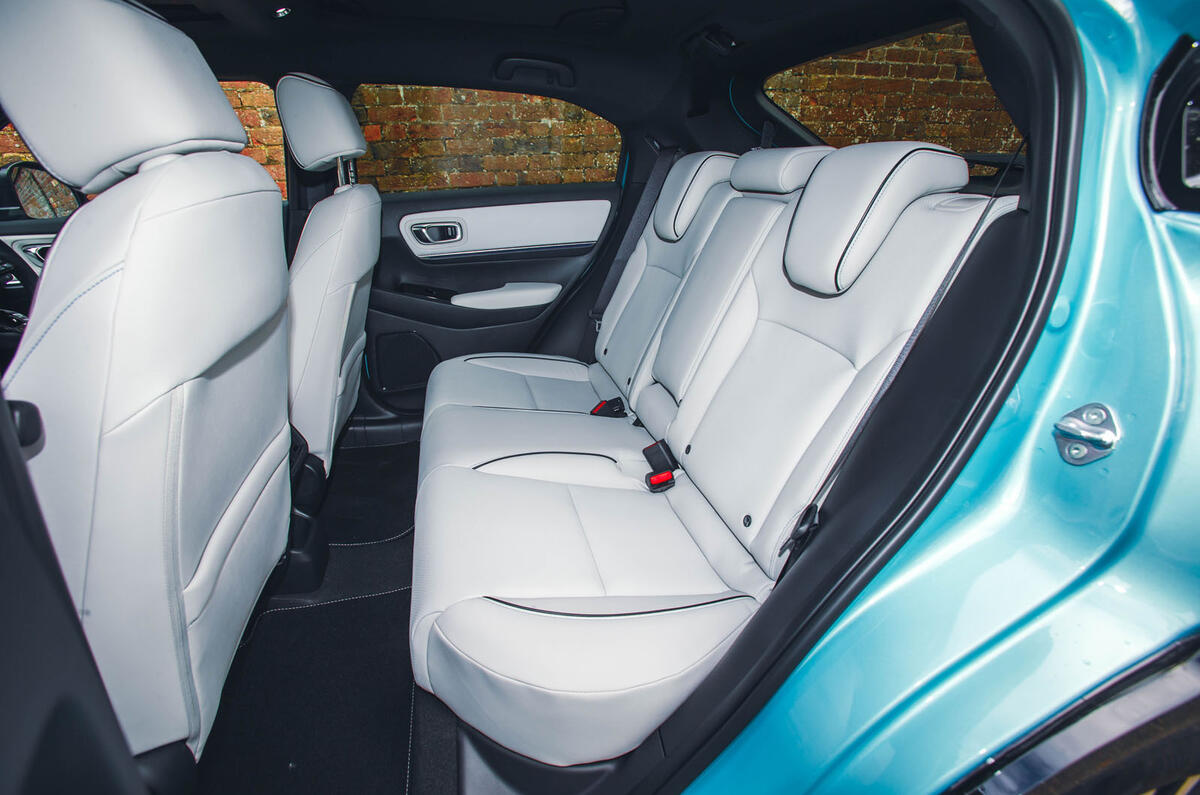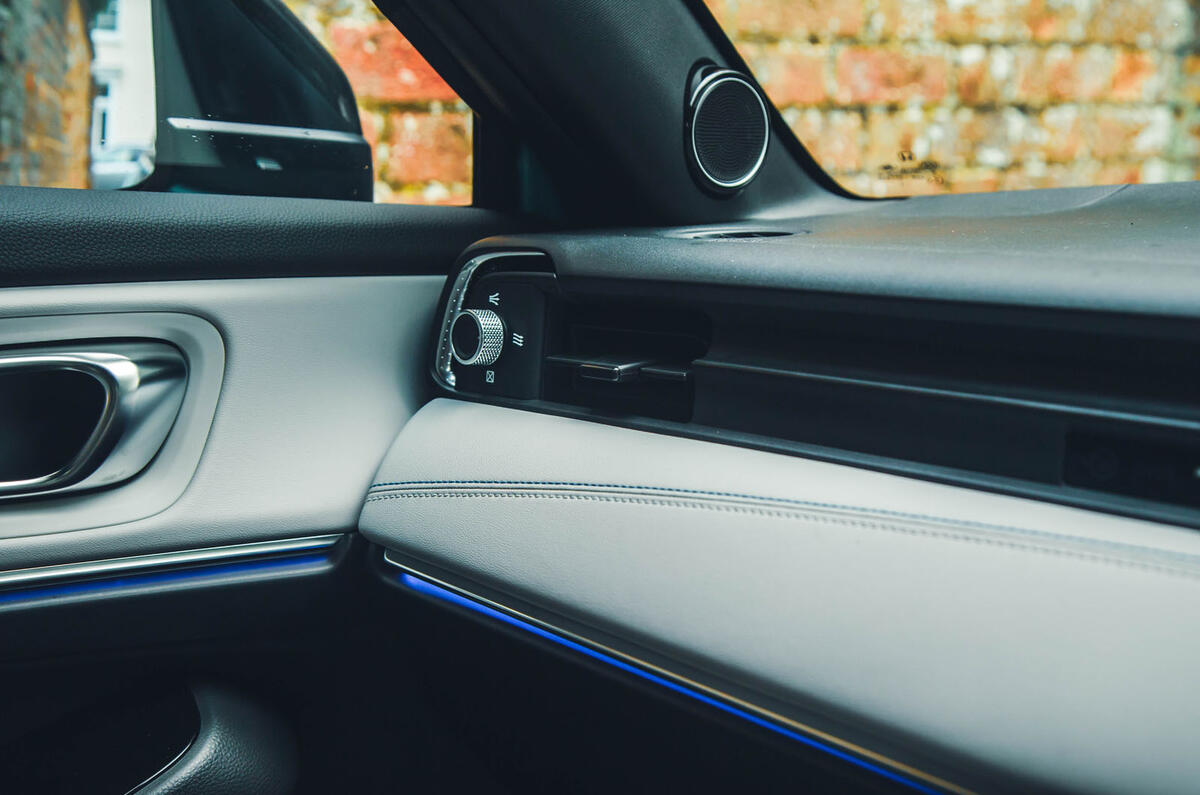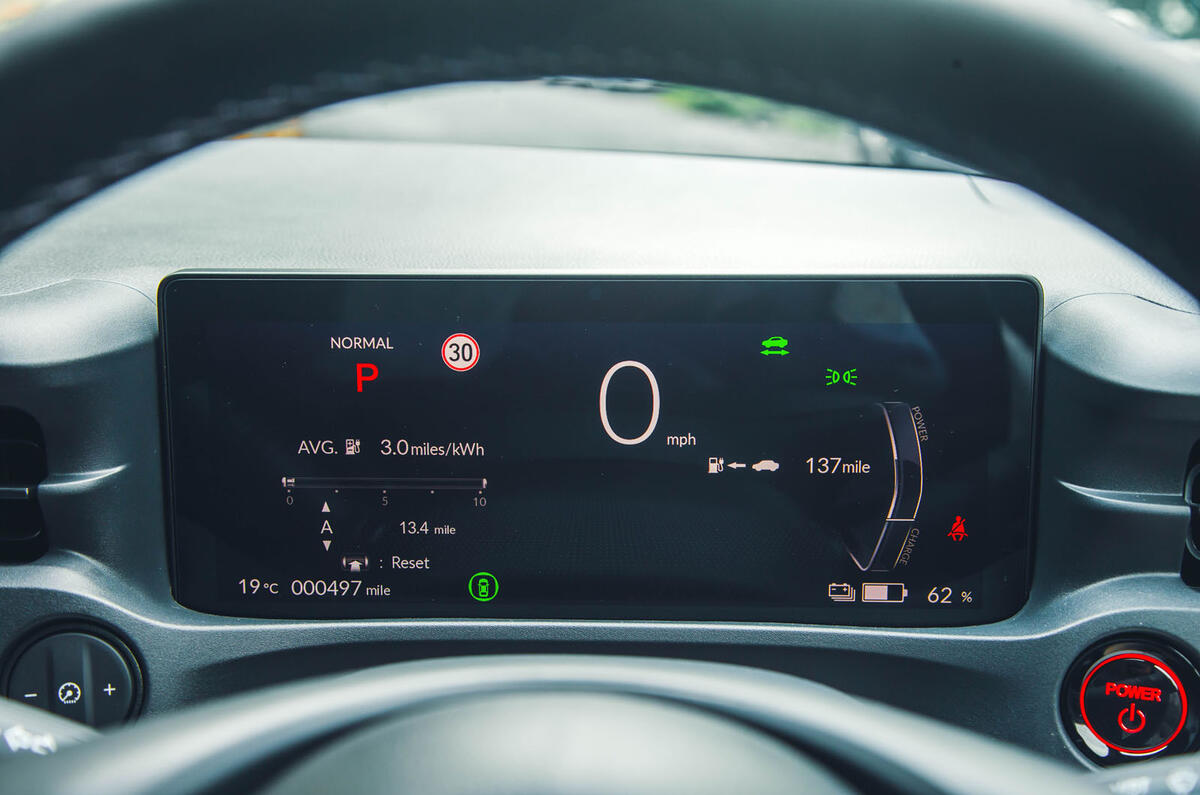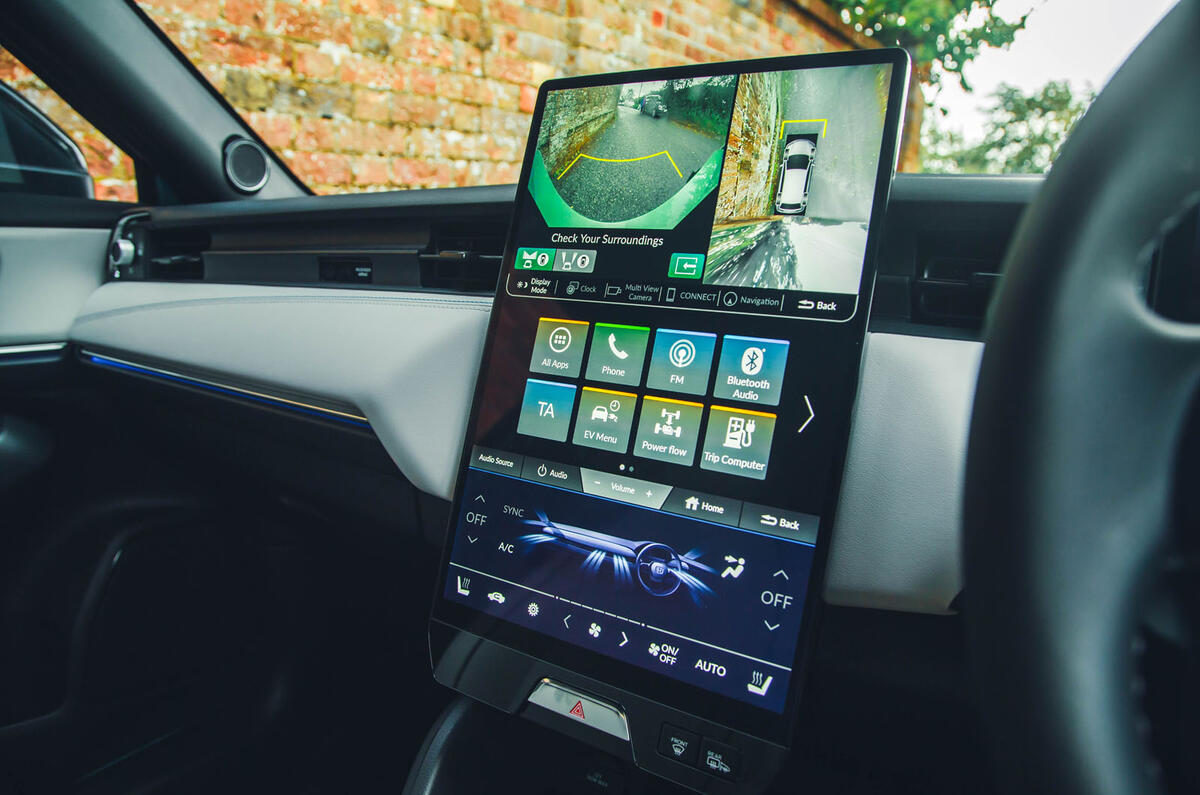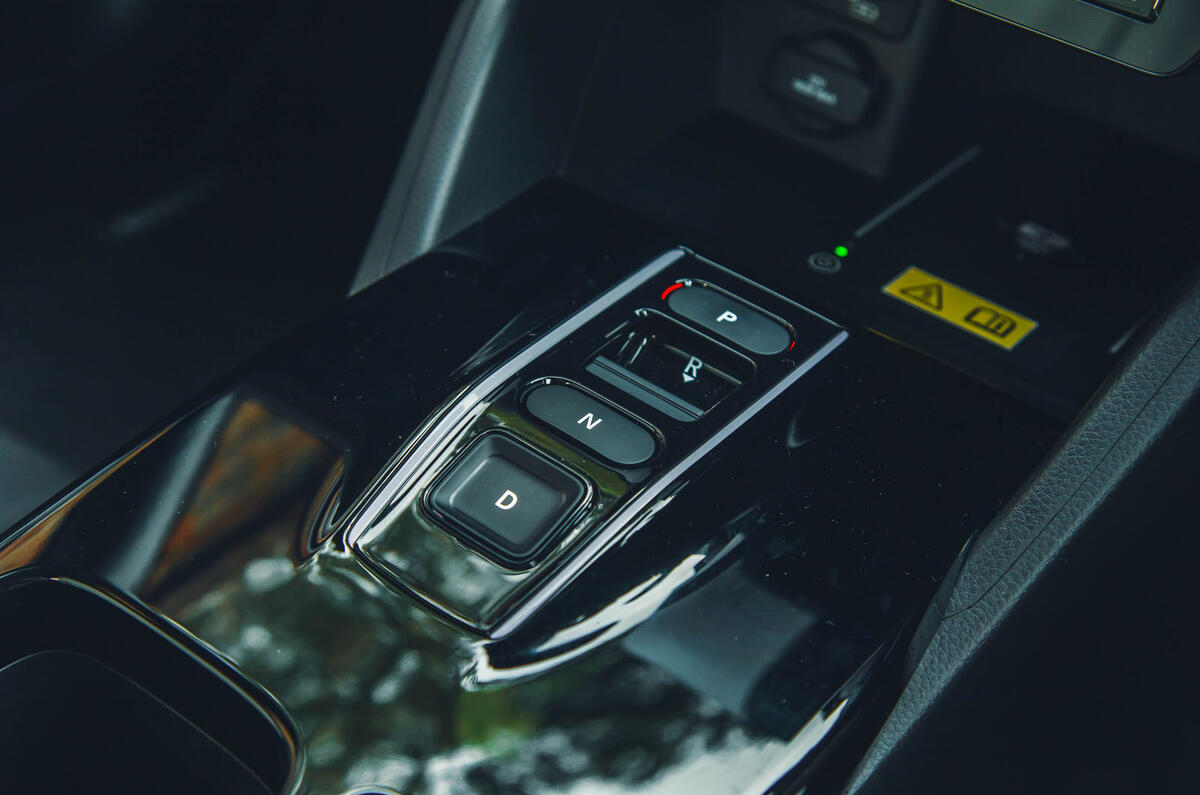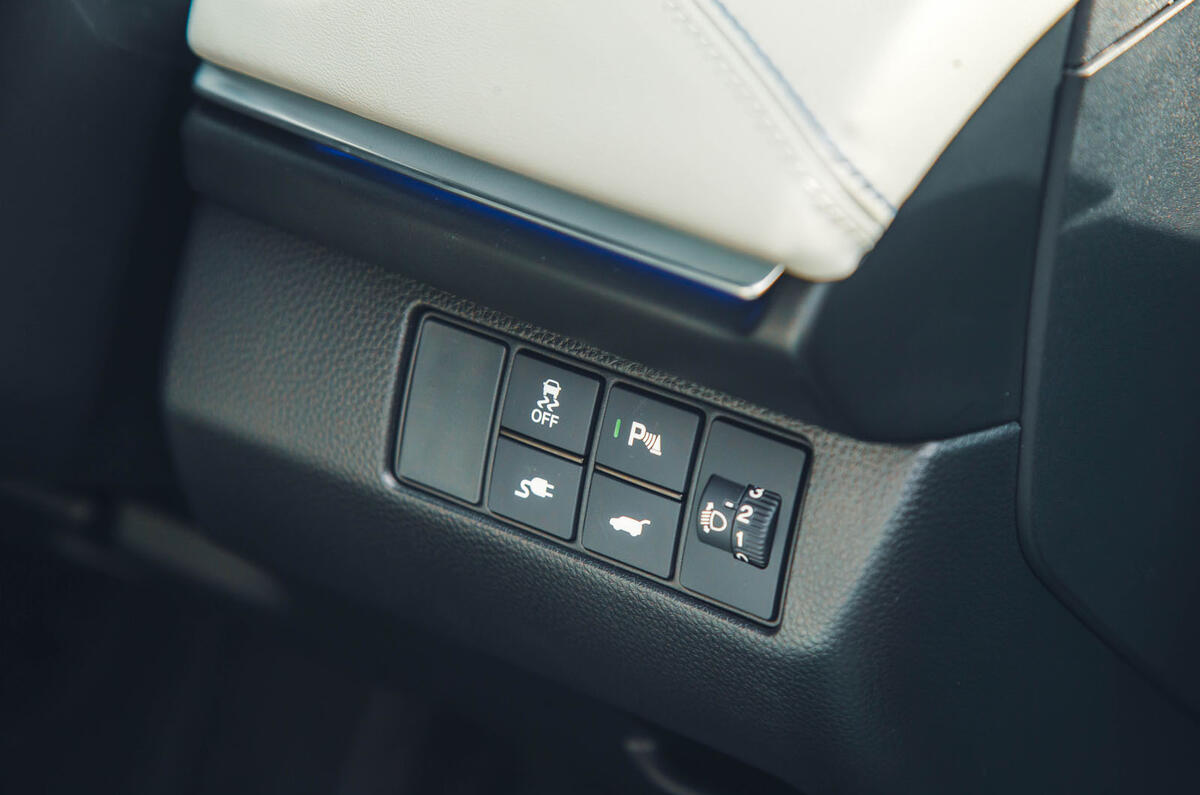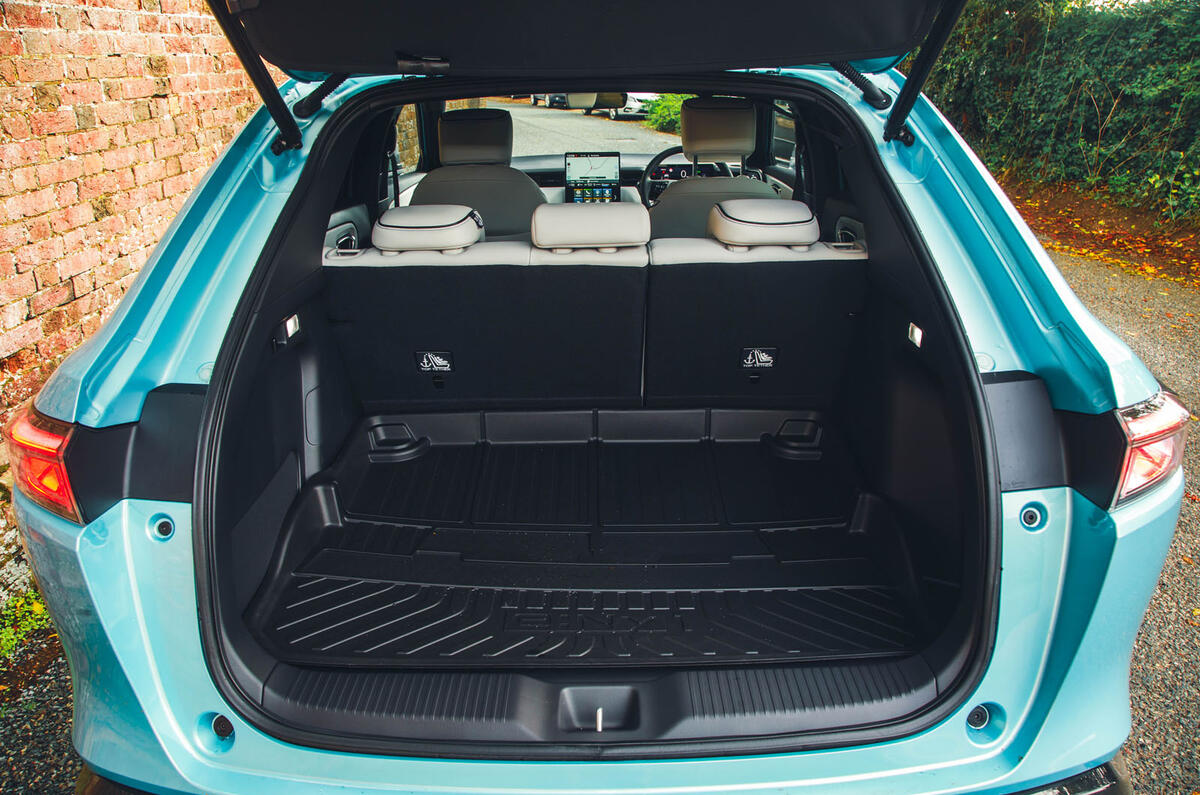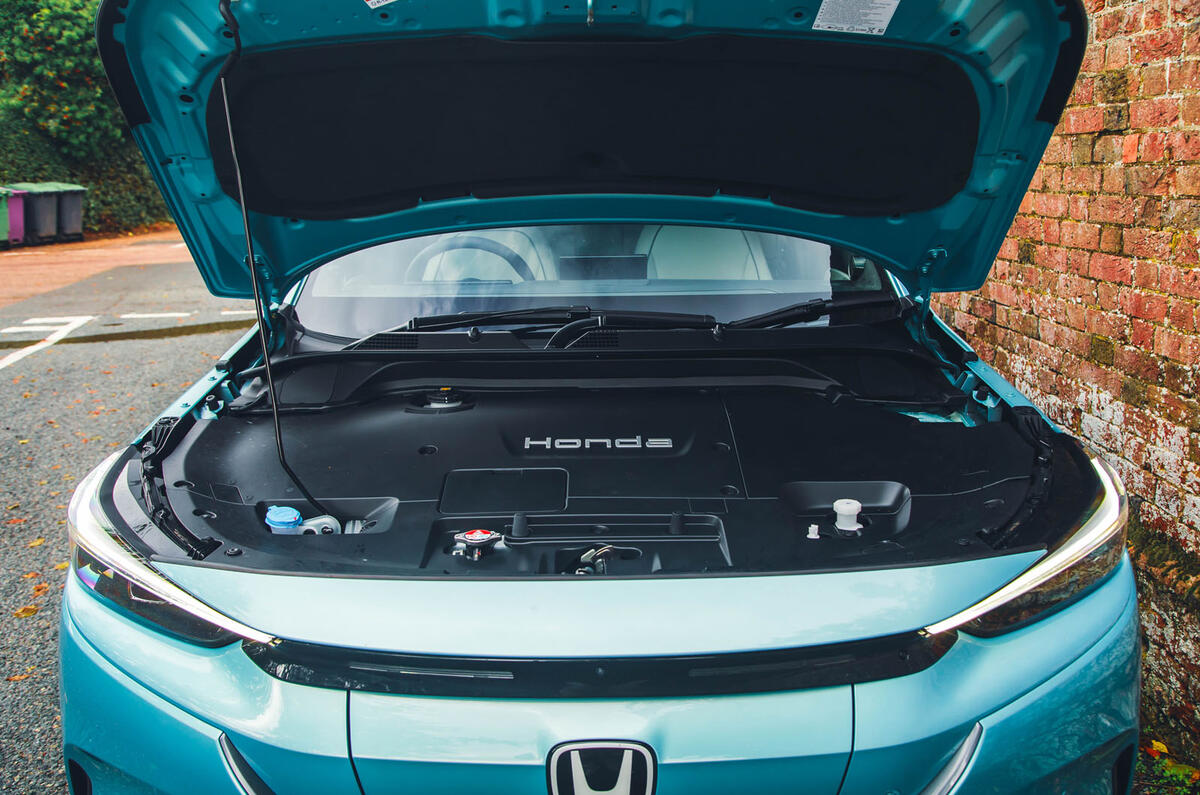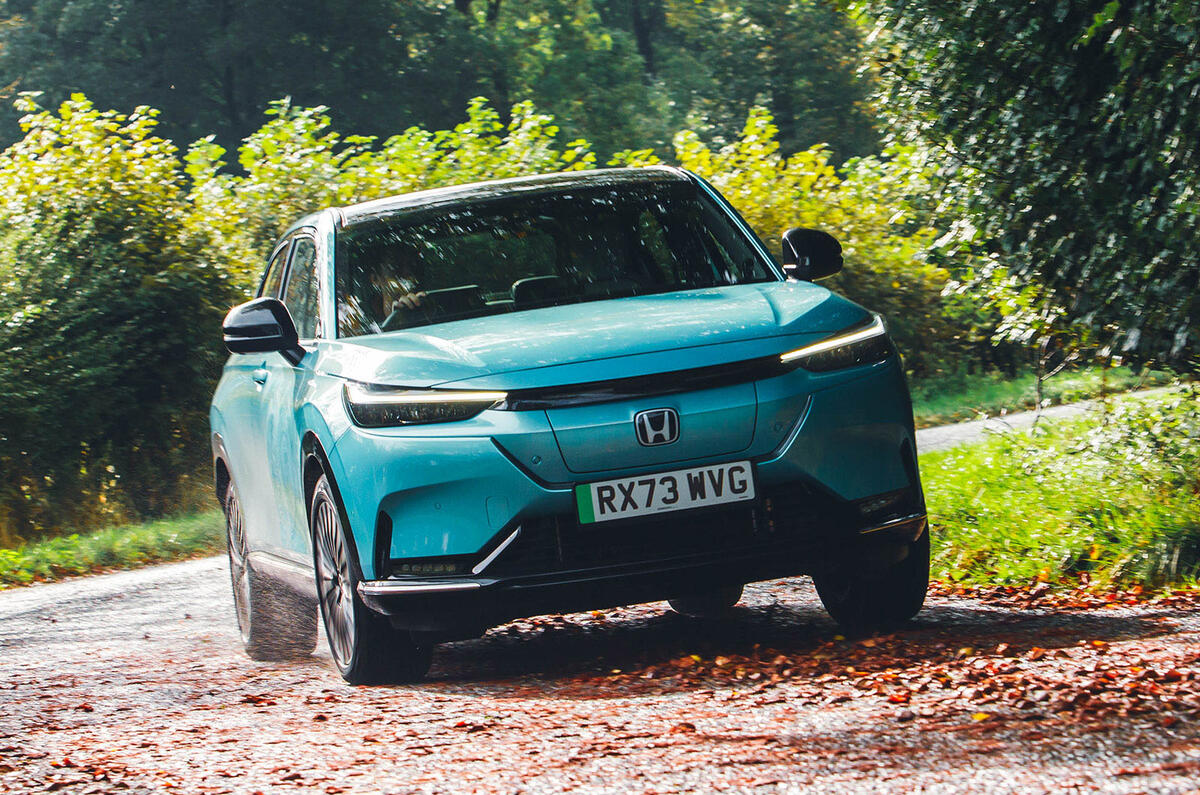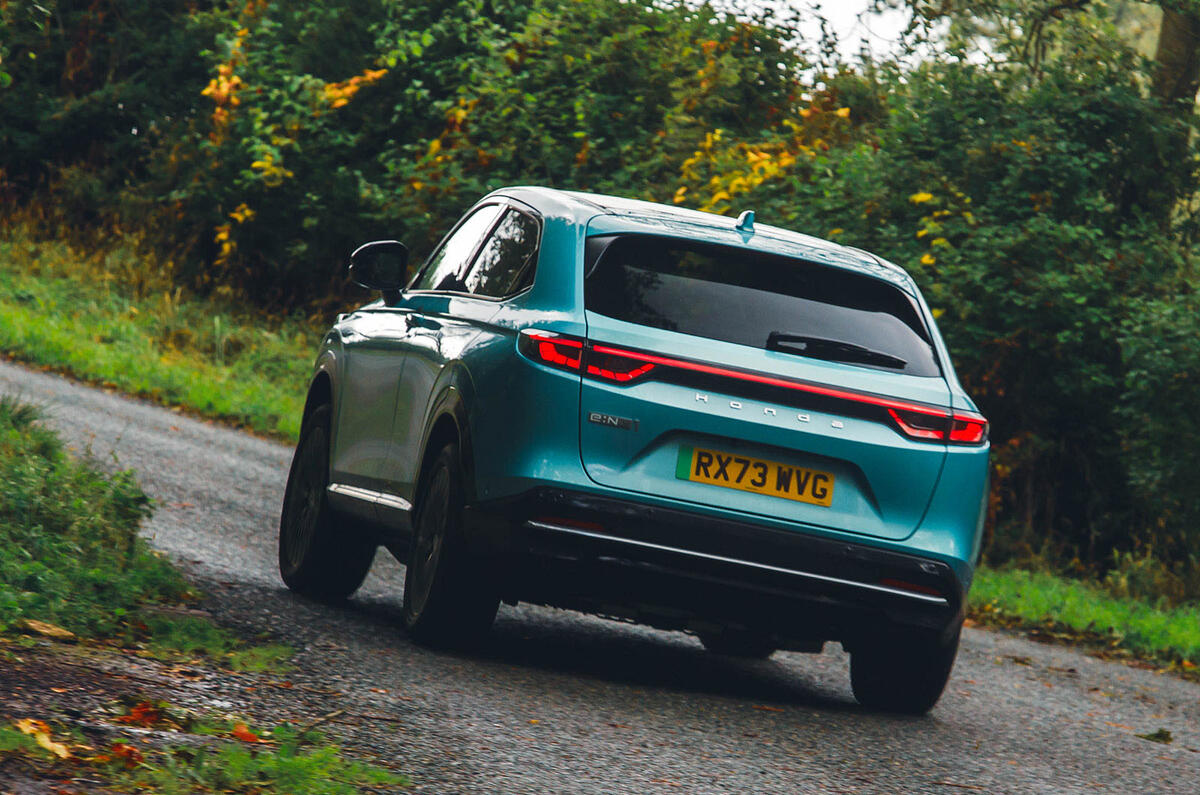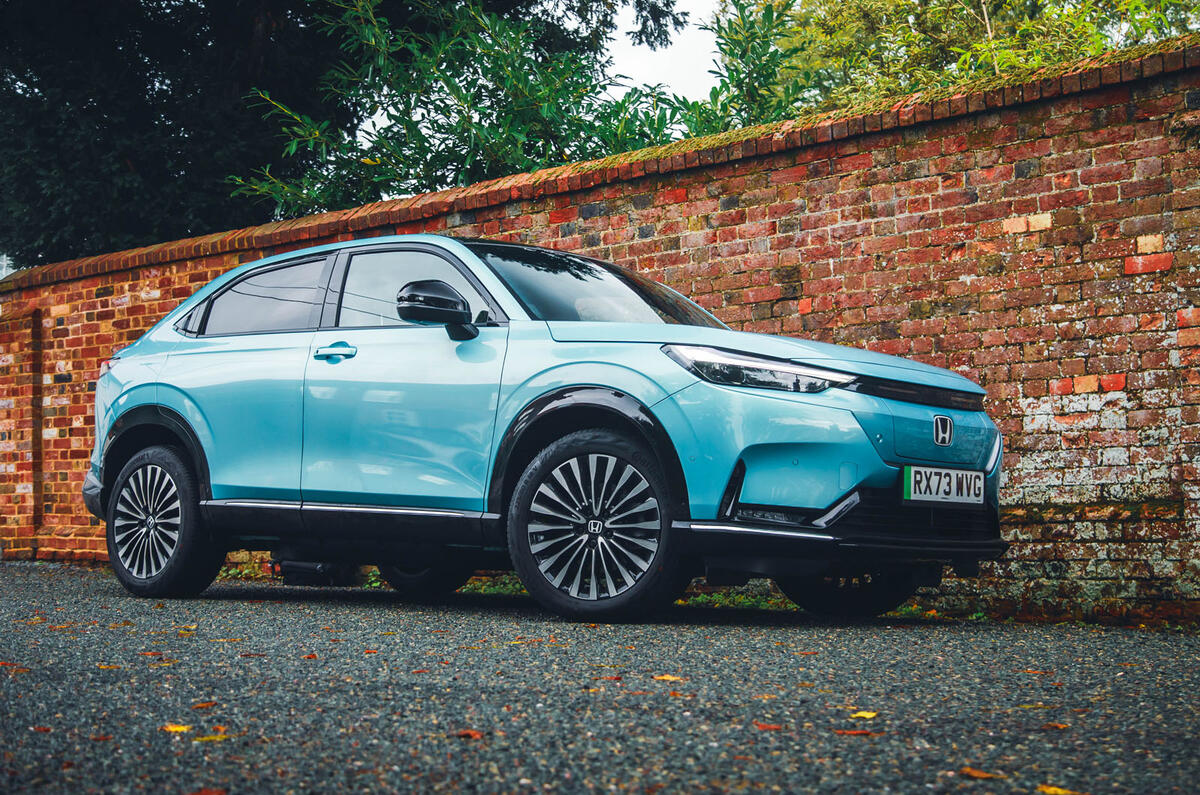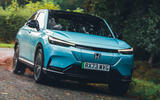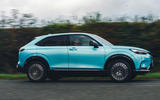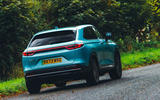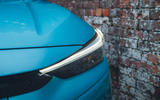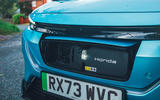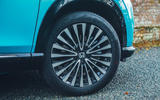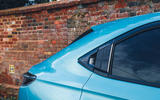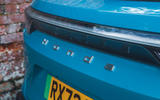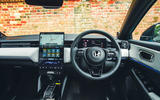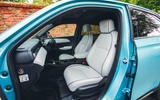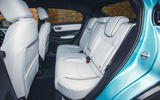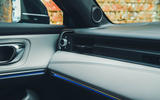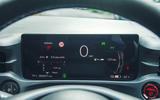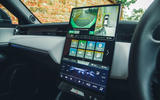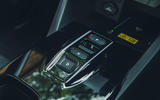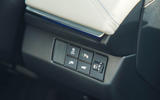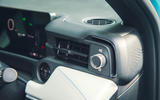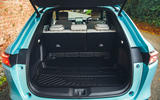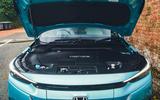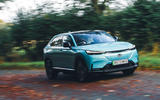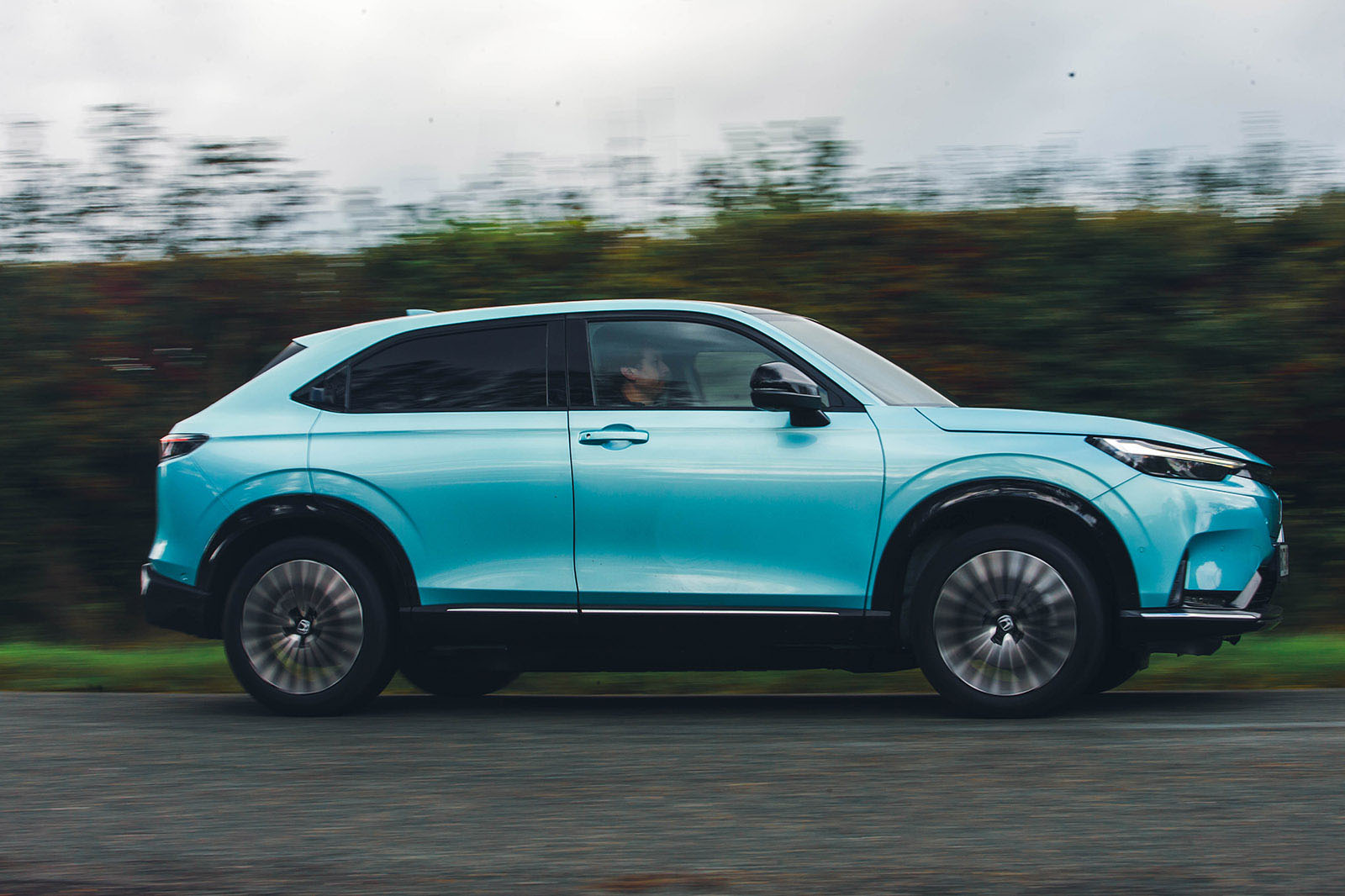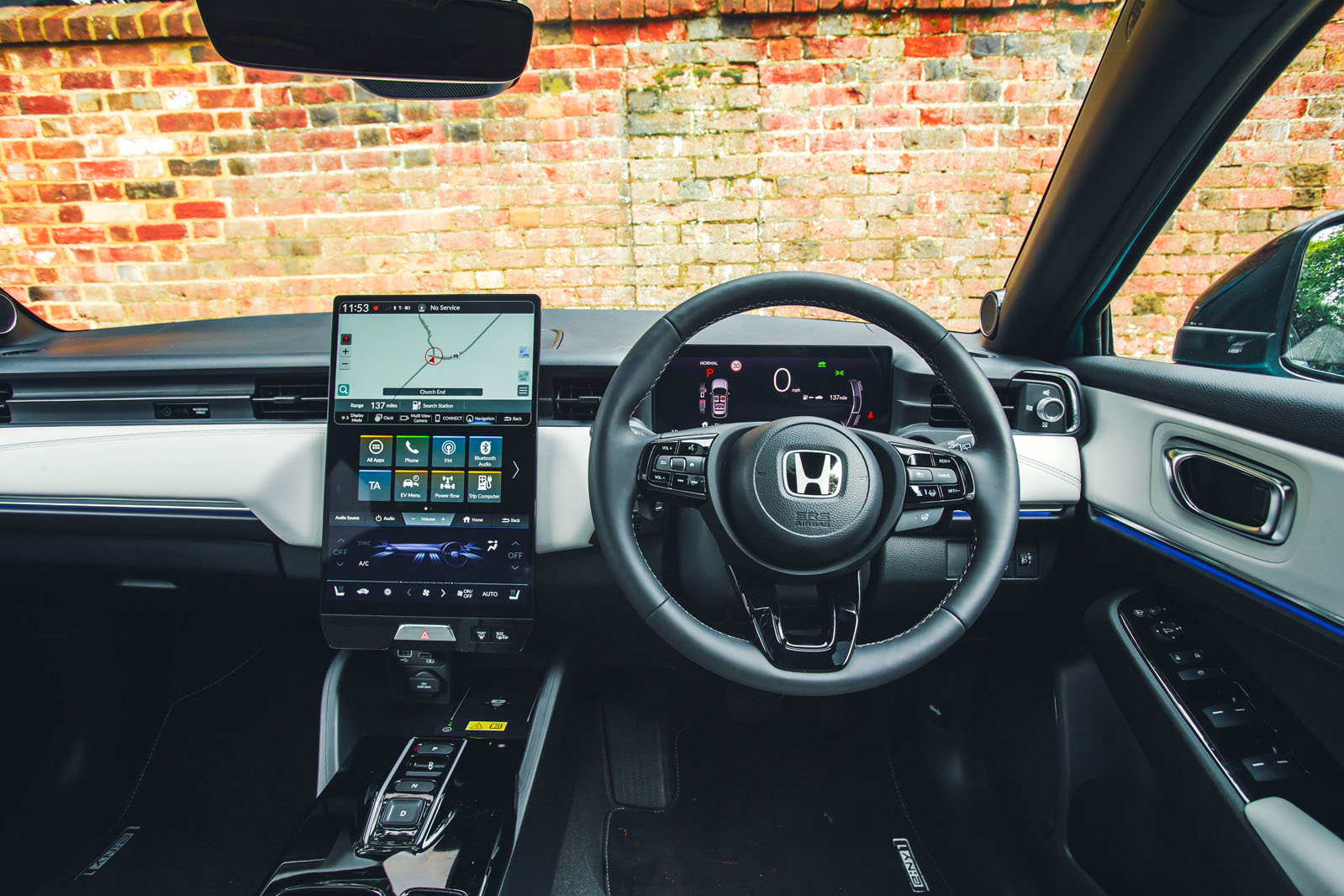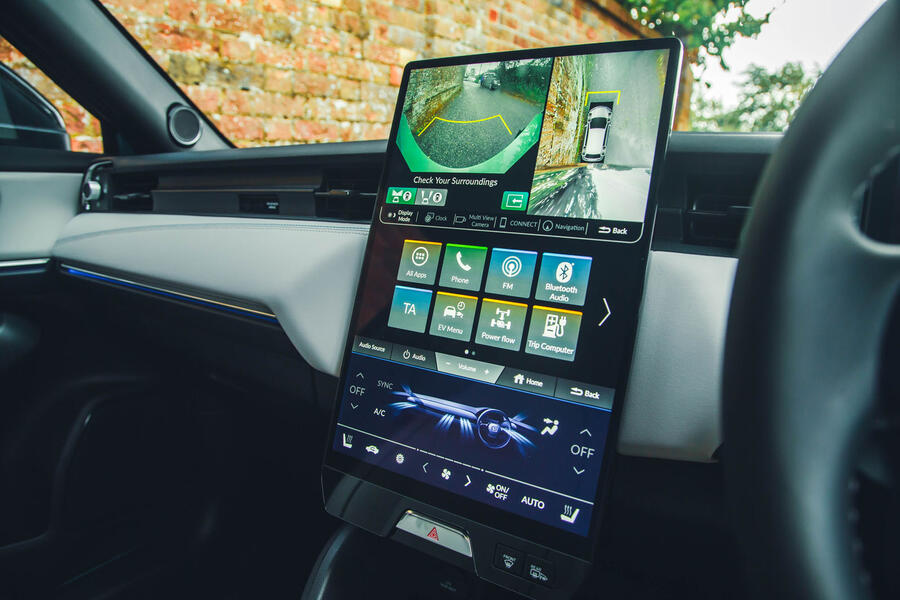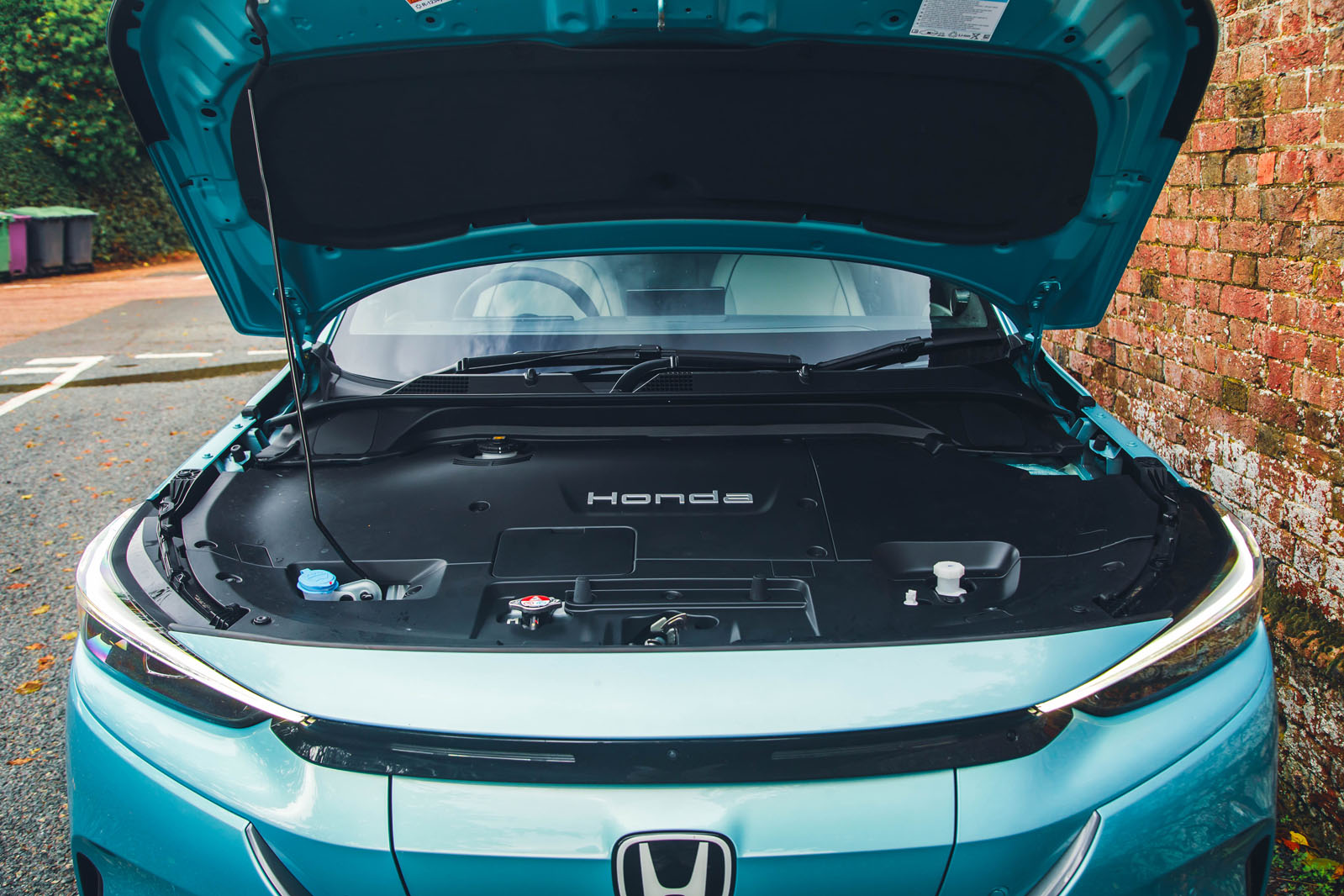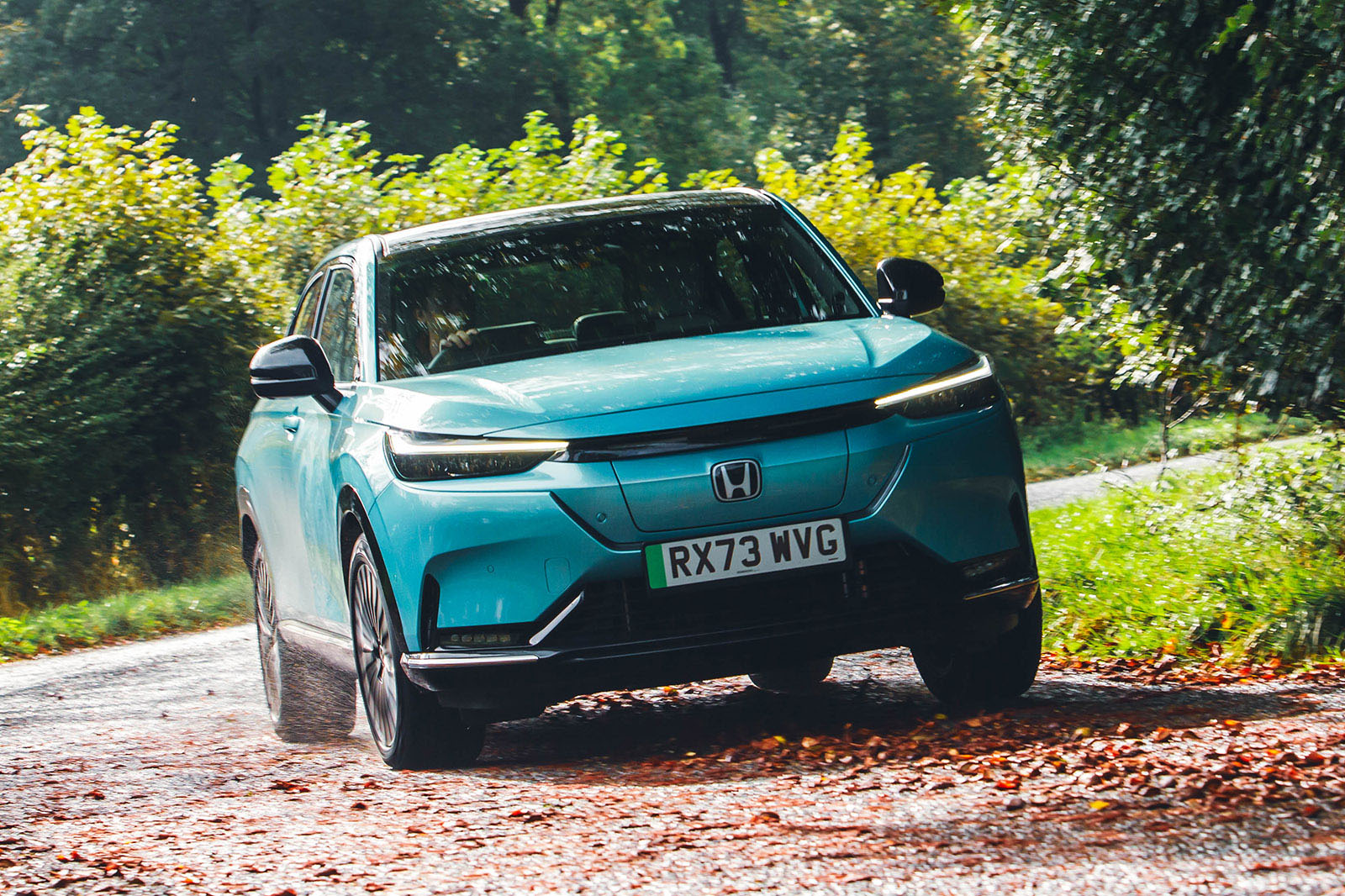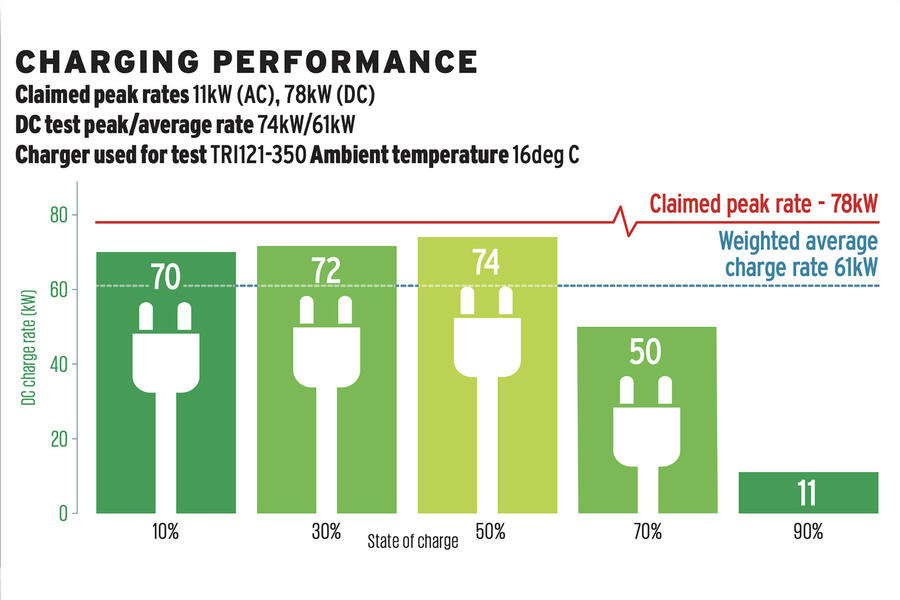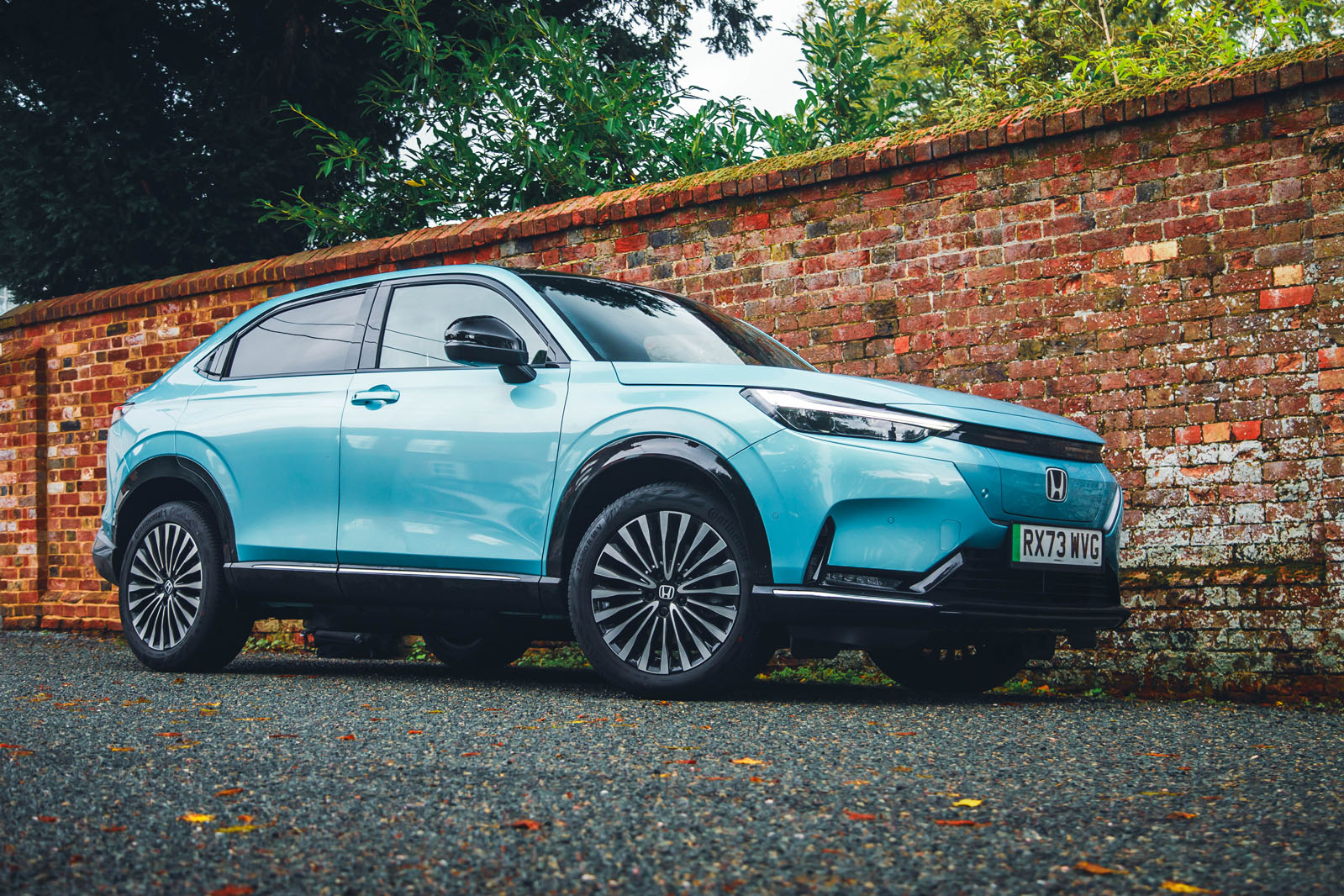The baby-faced e:Ny1 has no pretence of being performance flavoured. However, its power and torque figures are reasonably generous for a small crossover and you might therefore expect it to be surprisingly quick off the mark and energetic in terms of its roll-on acceleration.
In the end, it was difficult to get a true measure of either attribute on the day of our testing. In the damp, the e:Ny1 suffers from considerable traction issues, to such an extent that full use of the accelerator pedal at anything below 50mph results in a flare of wheelspin, even with the electronic traction aids enabled. Amusingly, extracting a representative 0-62mph time therefore required a similar level of coaxing to what used to be reserved for torque-rich, manual-gearbox V12 supercars in the days before computer-aided launch-control programs.
Our best effort resulted in 8.6sec taken to reach 60mph – a second or so slower than the claimed time – and an acceptance that the e:Ny1’s combination of abrupt torque delivery and efficiency-focused Continental UltraContact tyres isn’t especially useful when you’re, say, pulling out of a T-junction in less-than-ideal weather conditions.
As for overtaking prowess, the Honda’s 6.9sec for the dash from 30-70mph is not at all shabby. The heavier Skoda Enyaq in a similarly powerful configuration to the e:Ny1 takes nearly a second longer. It’s evidence that, in the dry, when this chassis can get its power and torque down neatly, the e:Ny1 is more than quick enough for its role in life, if not what you would call exciting.
In general, the driving controls are intuitive enough. Moderate inputs of the accelerator pedal are met with a considered response, with little of the deliberate and irksome sensitivity that some car firms tune in to the powertrain to make an EV feel faster than it is. It’s a similar story with the brakes, which have several levels of regenerative force to choose from, and offer reasonable feel for this type of car.
However, the objective data is eye-widening. In an emergency stop, on a damp track, the e:Ny1 took 73.1m to come to a stop from 70mph. In almost identical conditions, the 259kg heavier Ford Mustang Mach-E Extended Range took only 57.0m. Honda’s choice of low-resistance tyres are almost certainly the reason why.
Assisted Driving - 3 stars
The e:Ny1 features Honda’s ‘Sensing’ suite of safety technologies, which is offered as standard and uses a combination of cameras, radar and sonar sensors. In the manner pioneered by Tesla, when the adaptive cruise control is activated, other traffic that the car ‘sees’ is depicted by a graphic inside the digital instrument binnacle.
At speeds below 40mph, Honda’s Traffic Jam Assist feature can also be activated, before it then switches to the standard Lane Keeping Assist system at speeds above 40mph. It does so without prompt.
We tested the adaptive cruise control extensively and found it to be effective but also somewhat blunt in the way it interacts with other traffic. It can take too long to realise when a car is pulling out in front of you, but then slows overly dramatically and takes too long to speed up again, frustrating drivers behind you.


